Planning a ski trip? Here's the deal: the costs can stack up quickly, but knowing where your money goes makes it easier to budget. The big three expenses are lift tickets, equipment, and lodging. Here's a quick snapshot:
- Lift Tickets: Premium resorts like Aspen charge $200+ per day during peak season, while smaller local hills stay under $75.
- Equipment: Renting skis and boots adds $40–$125 daily, but investing in gear like Snowfeet (mini ski skates for $250) can save you money long-term.
- Lodging: From $80/night at budget motels to $300+ for luxury slopeside stays, your choice impacts your wallet.
Pro tip: Timing matters. Skiing off-peak (weekdays, early/late season) can cut costs by 30–50%. Plus, booking early and staying farther from the slopes helps save even more.
Want to keep costs low? Consider alternatives like Snowfeet, which are portable, work with your winter boots, and pay for themselves in 2–3 trips. Below, we’ll break down how to plan smarter and spend less while still enjoying the slopes.
How much does a ski trip cost? US 🇺🇸 vs Europe 🇪🇺
Main Ski Trip Expenses: The 3 Big Categories
When planning a ski trip, your budget will likely revolve around three big-ticket items: lift tickets (your pass to the slopes), equipment costs (whether you're renting or buying skis, boots, and other gear), and lodging (from basic motels to luxury mountain-side accommodations). These expenses can vary wildly depending on the resort and timing. For instance, a lift ticket at a top-tier resort during a holiday week can cost significantly more than one on a quieter weekday. Similarly, equipment rental prices range from affordable at local hills to pricey at big-name destinations. Knowing how resort type and season affect costs can help you plan smarter.
Resort Types: Premium, Mid-Range, and Budget
The type of resort you pick has a huge impact on your overall costs, from lift tickets to lodging.
Premium resorts like Vail, Aspen, or Jackson Hole are the priciest options. Expect to pay over $200 per day for lift tickets during peak times. Renting basic ski gear for a family of four can set you back around $220 per day at places like Vail. Lodging? It often starts at $300 per night and climbs steeply from there.
Mid-range resorts strike a balance between cost and quality. Resorts such as Killington, Palisades Tahoe, or Copper Mountain typically charge $100–$150 for lift tickets during peak season. Gear rentals usually range from $50–$70 per person per day, and lodging options are generally between $150–$250 per night.
Budget-friendly resorts - think smaller local hills or regional mountains - are much easier on the wallet. Lift tickets often stay under $75, even on busier days, and equipment rentals are usually in the $35–$45 per person range. Lodging can be as low as $80–$120 per night, especially if you stay off the mountain. For example, while a family of four might pay $288 for rentals at Killington, smaller resorts often offer more affordable rates.
Peak vs. Off-Peak Pricing
Timing is everything when it comes to ski trip costs.
Peak season - holidays, weekends, and days with fresh powder - comes with inflated prices. During Christmas week, Presidents' Day weekend, or spring break, lift ticket prices can double, and rental rates soar due to high demand. For example, day-of rentals at Killington can reach about $94 per person during peak times.
Off-peak periods, on the other hand, are a budget-friendly alternative. Weekdays, early season, and late spring often bring discounts of 30–50% on lift tickets. Rental shops also tend to have better availability and lower rates during these quieter times. Hotels often follow suit, offering reduced prices during off-peak periods.
Timing your bookings can also save you a bundle. For instance, many European ski rental shops offer up to 50% off when you book online in advance. U.S. resorts often have similar early booking discounts, meaning you can avoid paying premium rates by reserving ahead instead of waiting until the last minute.
Not only can smart timing save you hundreds of dollars, but it can also make your trip more enjoyable. Off-peak days often mean emptier slopes, shorter lift lines, and, surprisingly, better skiing conditions.
Lift Ticket Costs: What You'll Pay in 2025
The cost of lift tickets depends on the type of resort, the time of year, and how you buy them. Here's what to expect.
Daily Lift Ticket Prices by Resort Type
If you're heading to high-end resorts like Vail or Aspen Snowmass during peak season, be ready to shell out over $200 for a single day on the slopes. Mid-level destinations are a bit easier on the wallet, with daily rates in the $100–$150 range during busy times. For those sticking to a budget, local mountains are your best bet, often keeping daily tickets under $75 - even during peak season.
If you're planning to ski for multiple days, multi-day passes are a smarter choice than buying single-day tickets. And for frequent skiers, season passes can save you even more.
Season Passes and Discount Programs
Season passes have completely changed the game for regular skiers. Passes like the Epic Pass or Ikon Pass give you access to multiple top-tier resorts and can be a great deal if you're planning several trips.
Want to save even more? Many resorts offer early-bird discounts if you buy your passes ahead of time online. You can also find group rates, corporate discounts, and special pricing for locals.
Looking for an alternative? Some skiers cut costs by using Snowfeet* gear - a small, self-propelled option for the right kind of slopes. Combine these with discounted lift tickets, and you've got a budget-friendly way to enjoy the mountains without breaking the bank.
Equipment Costs: Rentals vs. Snowfeet* Gear
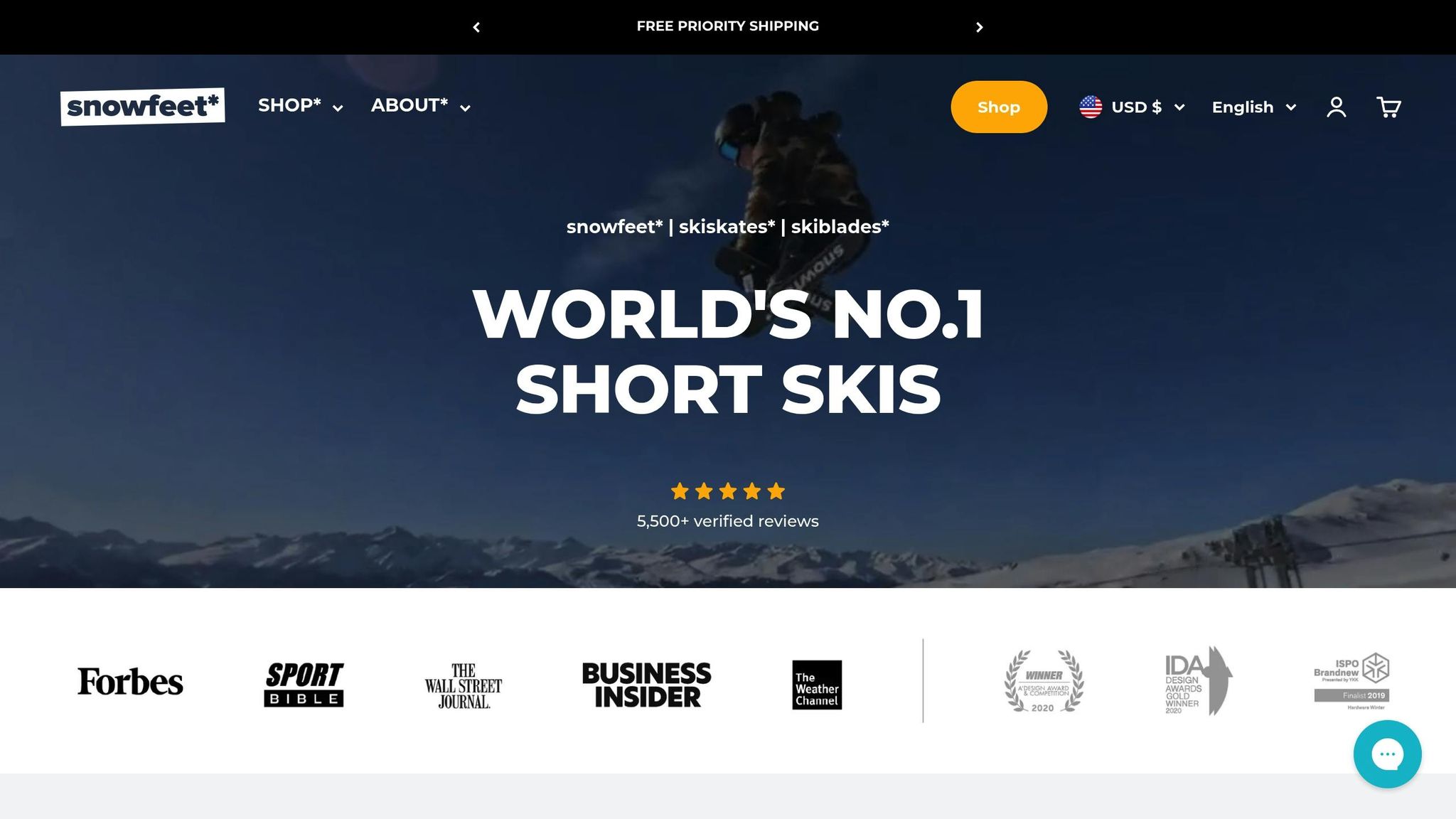
Gear rentals can easily become one of the biggest expenses of a ski trip, especially if you're hitting the slopes for several days. But there’s a way to save big: making a smart, one-time investment in your own gear.
Traditional Rental Costs
The price of renting skis or snowboards can vary a lot depending on where you’re skiing. At smaller, more affordable mountains, you might spend about $40–$60 a day for a basic rental package, which usually includes skis (or a snowboard), boots, and poles. Mid-range resorts tend to charge $60–$80 daily, while high-end spots like Vail or Aspen can set you back $80 to $125 per day for premium gear.
Now, let’s do the math: on a 5-day trip, rental costs alone could range from $200 to $625. And that’s not even counting extra fees for damage or the frustration of dealing with uncomfortable, poorly fitting rental boots. If you’ve ever rented, you know the struggle - ill-fitting boots can make or break your day on the mountain.
Given these recurring costs, Snowfeet* offers a fresh and cost-effective alternative.
Why Snowfeet* Saves You Money and Stress
Snowfeet* changes the game when it comes to ski gear expenses. Instead of renting equipment every time you go, you make a one-time purchase that quickly pays for itself. Snowfeet* Mini Ski Skates start at $250, meaning they cost about the same as 2–3 trips’ worth of rentals. After that, you’re essentially skiing for free!
Another major perk? Snowfeet* gear works with your own winter boots. Say goodbye to the hassle of struggling with rental boots that pinch, slip, or just don’t fit right. Using your own boots means more comfort and better control on the slopes.
And let’s talk about portability. Traditional skis are big and heavy - often 5–6 feet long and weighing 10–15 pounds per pair. They’re not exactly easy to lug around. Snowfeet*, on the other hand, are compact enough to fit in a standard backpack and weigh just a few pounds. If you’re flying, this means no oversized baggage fees or wrestling with bulky gear at the airport.
Learning to use Snowfeet* is also much simpler. While traditional skiing can take days (or even weeks) to feel confident, most people pick up Snowfeet* after just a few runs. That’s less time on lessons and more time enjoying the slopes.
| Cost Comparison | Traditional Rentals | Snowfeet* Gear |
|---|---|---|
| Initial Cost | $0 | $250–$775 |
| Cost Per Trip (5 days) | $200–$625 | $0 |
| Break-Even Point | N/A | 2–3 trips |
| Boot Comfort | Unpredictable | Your own boots |
| Portability | Bulky | Lightweight and compact |
| Learning Curve | Steep | Easy to pick up |
If you’re a frequent skier, the savings add up fast. Let’s say you spend 10 days on the slopes in a season. Traditional rentals could cost you anywhere from $400 to $1,250. Meanwhile, your Snowfeet* gear keeps delivering value trip after trip. It’s a smart, hassle-free way to enjoy skiing without breaking the bank. Plus, it fits perfectly with the idea of skiing smarter, not harder - both on your wallet and your gear.
sbb-itb-17ade95
Lodging Costs: Budget to Luxury Options
When planning your ski trip, where you stay can have a big impact on your overall budget. Lodging costs can vary a lot depending on how close you are to the slopes, the amenities available, and the time of year you travel. Some accommodations might come with a hefty price tag, while others can help you save. Let’s break down the different options and look at ways to keep your lodging expenses in check.
Lodging Price Ranges by Category
If you're looking to save, budget options like hostels, motels, or basic hotels are your best bet. They’re usually more affordable but often come with a longer commute to the slopes.
Mid-range hotels are a solid middle ground. They offer more comfort and perks like heated pools, free breakfast, and shuttle services to nearby ski areas. Plus, they’re often just a short drive or walk from the slopes.
For those wanting top-tier comfort, luxury ski resorts are the way to go. These properties often feature ski-in/ski-out access, high-end amenities, and exceptional service. Think of places like The Little Nell in Aspen, The St. Regis in Deer Valley, or Jackson Hole Mountain Resort. Of course, that level of convenience and luxury comes with a higher price tag.
Keep in mind, accommodations closer to the slopes or with direct access often cost more than similar options located farther out. Rates also fluctuate depending on the day of the week - weekends usually cost more than weekdays.
How to Cut Lodging Costs
Want to save on lodging without sacrificing too much comfort? Here are some tips:
- Book early: Lock in lower rates and avoid last-minute price spikes.
- Stay farther away: Nearby towns often have cheaper lodging, though you might need to drive or take a shuttle to the slopes.
- Travel midweek: Rates are often lower on weekdays compared to weekends.
- Go off-peak: Traveling during the shoulder season or quieter times can mean big savings.
- Share accommodations: Vacation rentals are great for groups. Splitting costs and having access to a kitchen can save money on meals.
- Check alternative options: Look into ski resort employee housing or community room rentals. These can sometimes be hidden gems at a fraction of the price.
Balancing convenience with cost is key. If you're open to staying farther from the slopes, you’ll have more options to choose from and might save a significant amount. For example, lightweight gear like Snowfeet* can make commuting easier, giving you the flexibility to stay in more affordable locations while still enjoying your ski trip to the fullest.
Total Trip Cost Examples: Real Numbers
Let’s break down the costs of a ski trip, comparing traditional gear with Snowfeet*. These numbers give you a clear picture of how the two stack up.
Traditional Ski Trip Budget Breakdown
For a 3-day weekend at a major resort like Vail or Park City, here’s what you’re looking at:
- Lift Tickets: $180–$220 per day. Over three days, that’s $540–$660.
- Equipment Rentals: $50–$70 per day, adding up to $150–$210.
- Lodging: Two nights in budget-to-mid-range accommodations at $100–$150 per night, totaling $200–$300.
So, for just the basics, the cost per person ranges from $890 to $1,170. And that’s before factoring in meals, travel, and other extras.
For a longer 6-day trip with five nights of lodging:
- Lift Tickets: $180–$220 per day, totaling $1,080–$1,320.
- Equipment Rentals: $50–$70 per day, adding $300–$420.
- Lodging: Five nights at $100–$150 each, for a total of $500–$750.
That brings the cost of a 6-day traditional ski trip to $1,880–$2,490 per person.
Snowfeet* Trip Budget Breakdown
Switching to Snowfeet* gear changes the game. This compact, lightweight option not only offers a unique skiing experience but also drastically cuts costs. After the initial $250 investment, your ongoing expenses are mostly lift tickets and lodging.
For a 3-day trip (including the first-time purchase):
- Equipment Purchase: Snowfeet* Mini Ski Skates start at $250.
- Lift Tickets: Smaller resorts often charge $30–$50 per day for compact gear. Over three days, that’s $90–$150.
- Lodging: Budget options farther from major resorts cost $60–$100 per night. For two nights, that’s $120–$200.
The total for your first trip is $460–$600 per person. After that, your costs drop even more.
For a 6-day trip once you own your Snowfeet* gear:
- Lift Tickets: $30–$50 per day for six days, totaling $180–$300.
- Lodging: Five nights at $60–$100 per night, adding up to $300–$500.
This brings the total to $480–$800 per person for a 6-day trip.
Side-by-Side Cost Comparison
Here’s a quick look at how the numbers compare:
| Trip Length | Traditional Skiing Cost | Snowfeet* Cost | Estimated Savings |
|---|---|---|---|
| 3 days | $890–$1,170 | $460–$600 | $430–$570 |
| 6 days | $1,880–$2,490 | $480–$800 | $1,400–$1,690 |
The savings don’t stop at your wallet. With Snowfeet*, you skip the hassle of rental lines and uncomfortable boot fittings. Instead of spending 20–30 minutes waiting for gear and struggling with clunky boots, you’re ready to hit the slopes almost immediately. Plus, the compact, portable design lets you explore smaller, local hills where day passes can cost as little as $25–$35. That means more chances for spontaneous, affordable snow adventures.
Bottom line? With Snowfeet*, you can enjoy the slopes without breaking the bank - or your patience.
Conclusion: Ski More Often Without Breaking the Bank
Planning a ski trip doesn’t have to drain your wallet. Traditional skiing can come with hefty costs, but Snowfeet* gear offers a budget-friendly way to enjoy winter adventures more regularly.
By cutting down on resort fees and pricey lift tickets, you can hit the slopes more often without the financial strain. Imagine exploring your local hills, taking spur-of-the-moment weekend trips, and turning skiing into a regular hobby instead of an occasional splurge.
The key to this is smart planning. Think beyond the typical ski resorts. Invest in gear that pays for itself by giving you the freedom to ski on your terms. Snowfeet* gear, with its lightweight and portable design, makes it easy to pack up and head out to nearby mountains whenever the mood strikes.
Whether you’re new to skiing or a pro fed up with rental lines and expensive lift passes, Snowfeet* gear offers a practical and cost-effective solution. It takes skiing from being an expensive treat to an accessible, everyday winter activity. So, get ready to embrace the slopes more often and keep your winter adventures affordable!
FAQs
What are the best ways to save money on lift tickets for a ski trip?
Planning ahead is one of the best ways to save money on lift tickets. Many resorts roll out discounts on multi-day lift tickets or season passes if you snag them months in advance - usually during spring or summer. These early-bird offers can make a big difference in your budget.
Another smart move? Look into weekday discounts or special promotions. Hitting the slopes during the week is often easier on your wallet compared to the weekend rush. And don’t overlook smaller or less crowded resorts. They usually have cheaper ticket prices but still deliver awesome slopes and a great day on the mountain.
What makes Snowfeet* gear a better choice than traditional ski equipment?
Snowfeet* gear offers a practical and wallet-friendly alternative to traditional ski equipment. Unlike heavy, oversized skis, Snowfeet* are small and lightweight enough to fit right into your backpack. Forget the hassle of roof racks or lugging around bulky ski bags - just pack them up and go.
One of their best perks? You don’t need pricey, uncomfortable ski boots. Snowfeet* work perfectly with your regular winter boots, saving you both money and effort. They’re also great for beginners, with a shorter learning curve and easier handling compared to traditional skis. And let’s not forget - they’re way more affordable, making them a fantastic option for anyone wanting to dive into winter sports without spending a fortune.
With Snowfeet*, you get to enjoy the excitement of skiing in a simpler, more flexible way, whether you're a seasoned pro or giving it a shot for the first time.
How does the time of year affect ski trip costs and conditions?
The time of year you plan your ski trip can make a huge difference in both your budget and the kind of experience you’ll have on the slopes. Peak season, which usually runs from December through February, is when demand is at its highest. This means you’ll likely pay more for lodging, lift tickets, and other extras. On the flip side, this is also when you’ll typically find the best snow conditions and the most vibrant atmosphere at the resorts.
If saving money is a priority, think about hitting the slopes during the shoulder seasons, like early December or late March. During these times, accommodations and lift tickets are often more affordable, and you might still catch good snow depending on the resort and weather. Bonus: the slopes are usually less crowded, giving you more room to carve out your runs. Looking to save even more? Snowfeet’s compact skiblades or skiskates are a wallet-friendly option for rentals and gear, all while keeping your skiing experience fun and versatile.







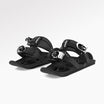













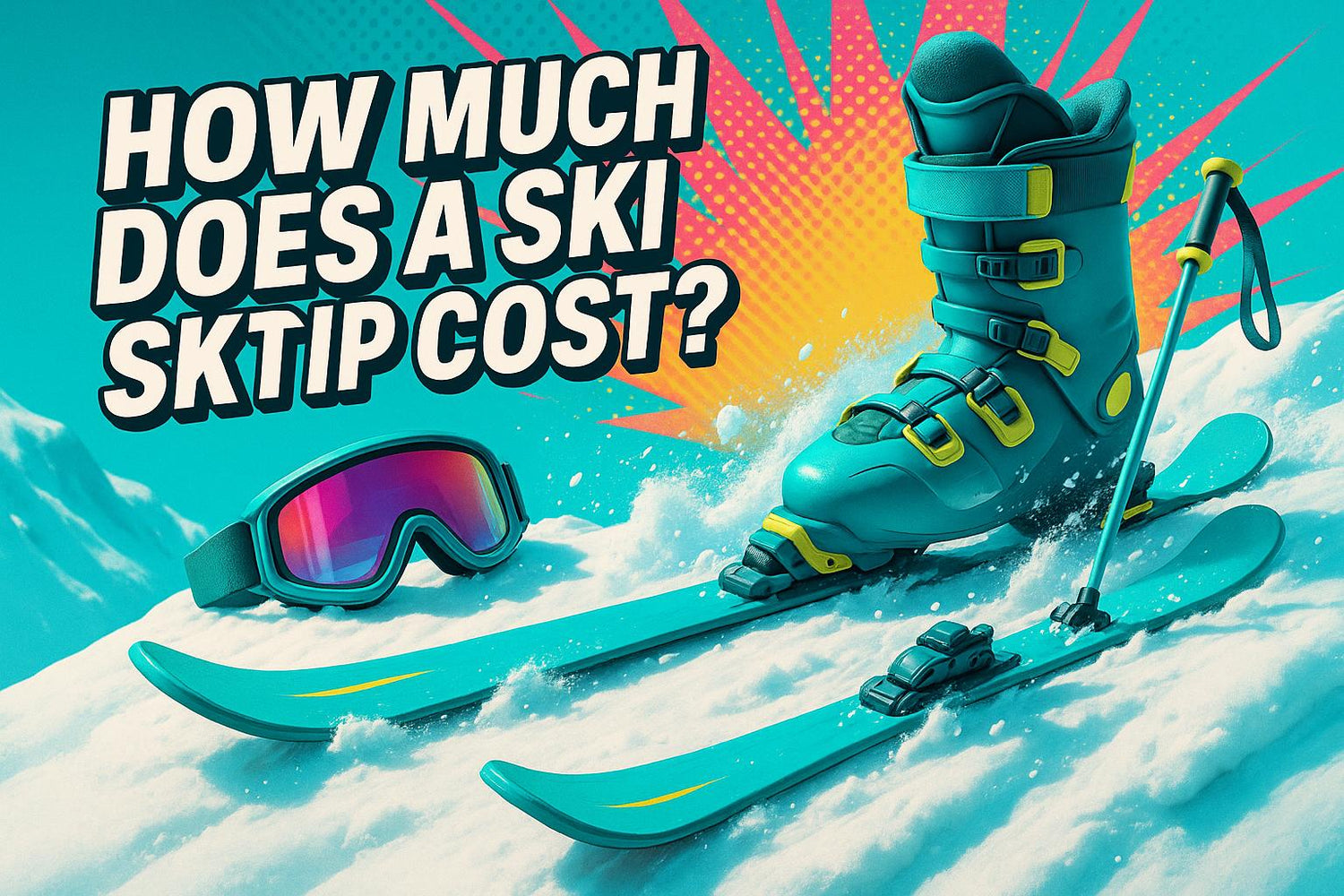
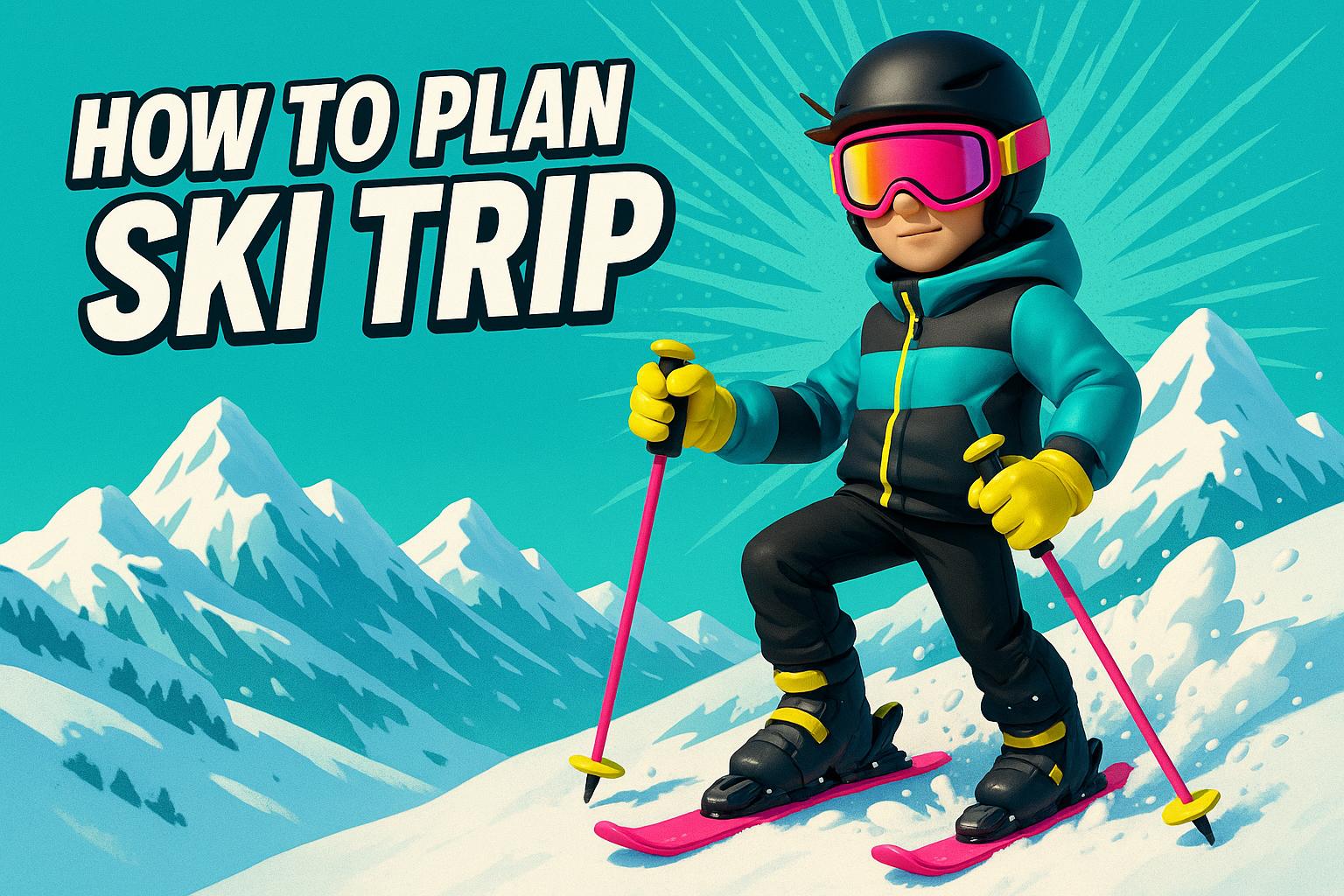
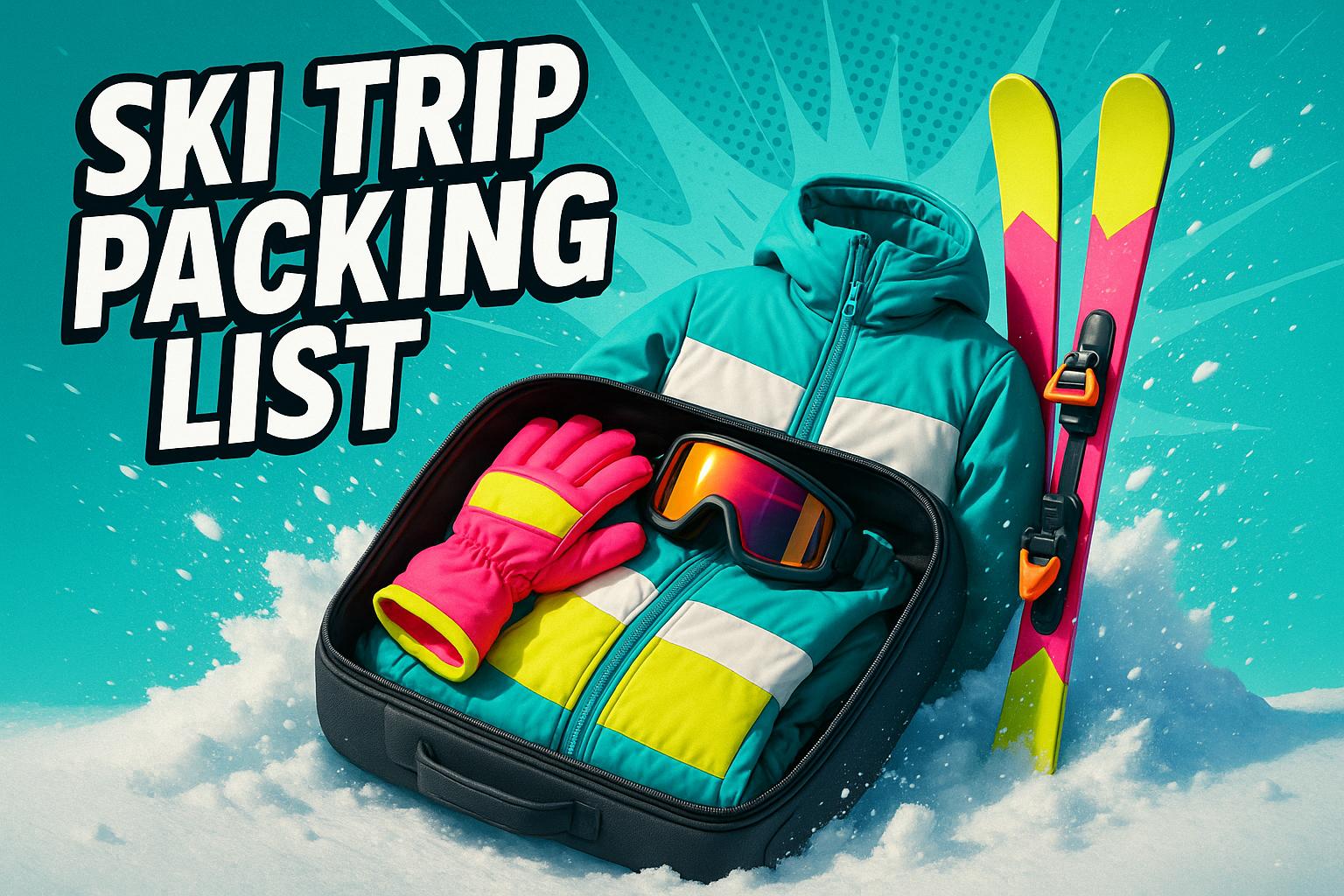




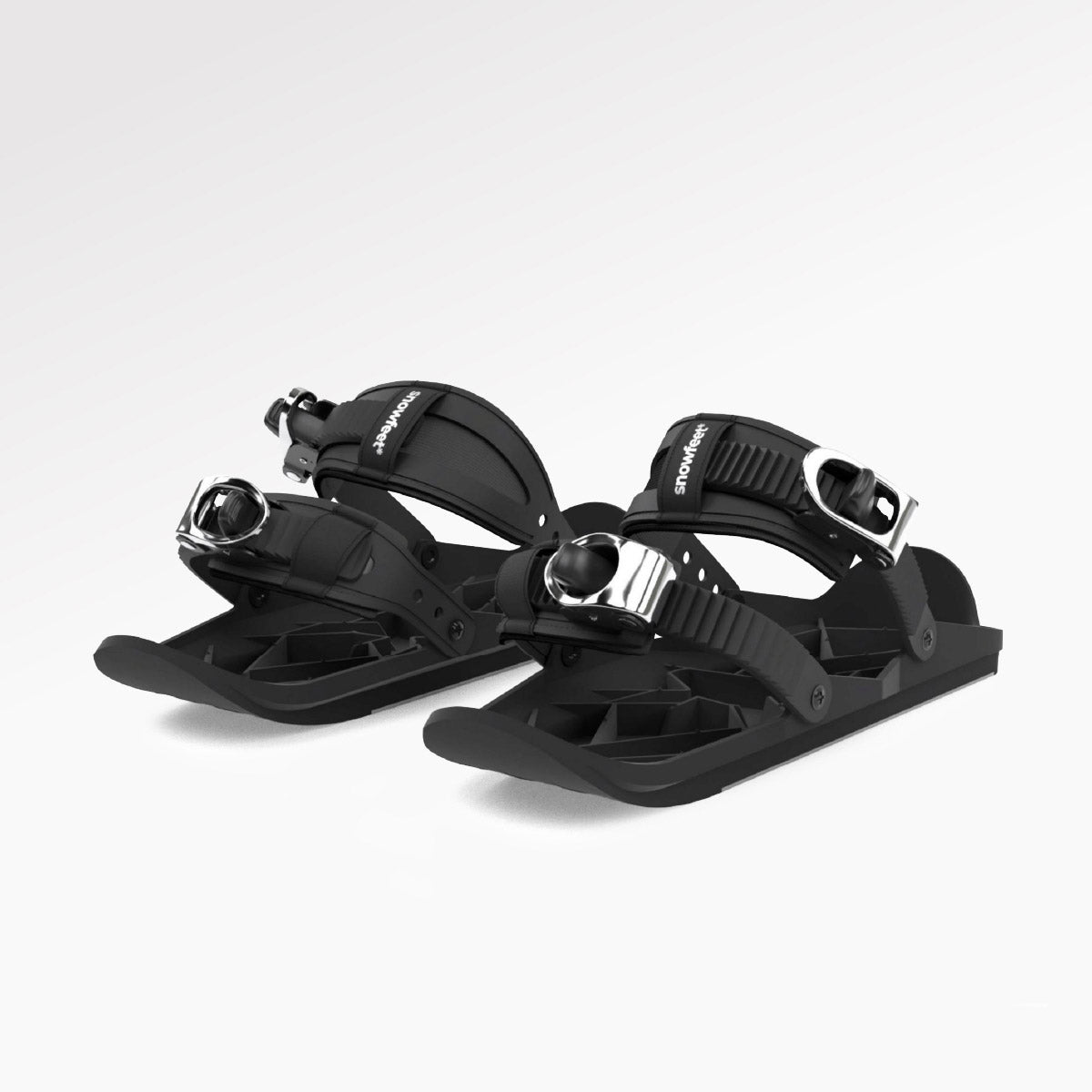
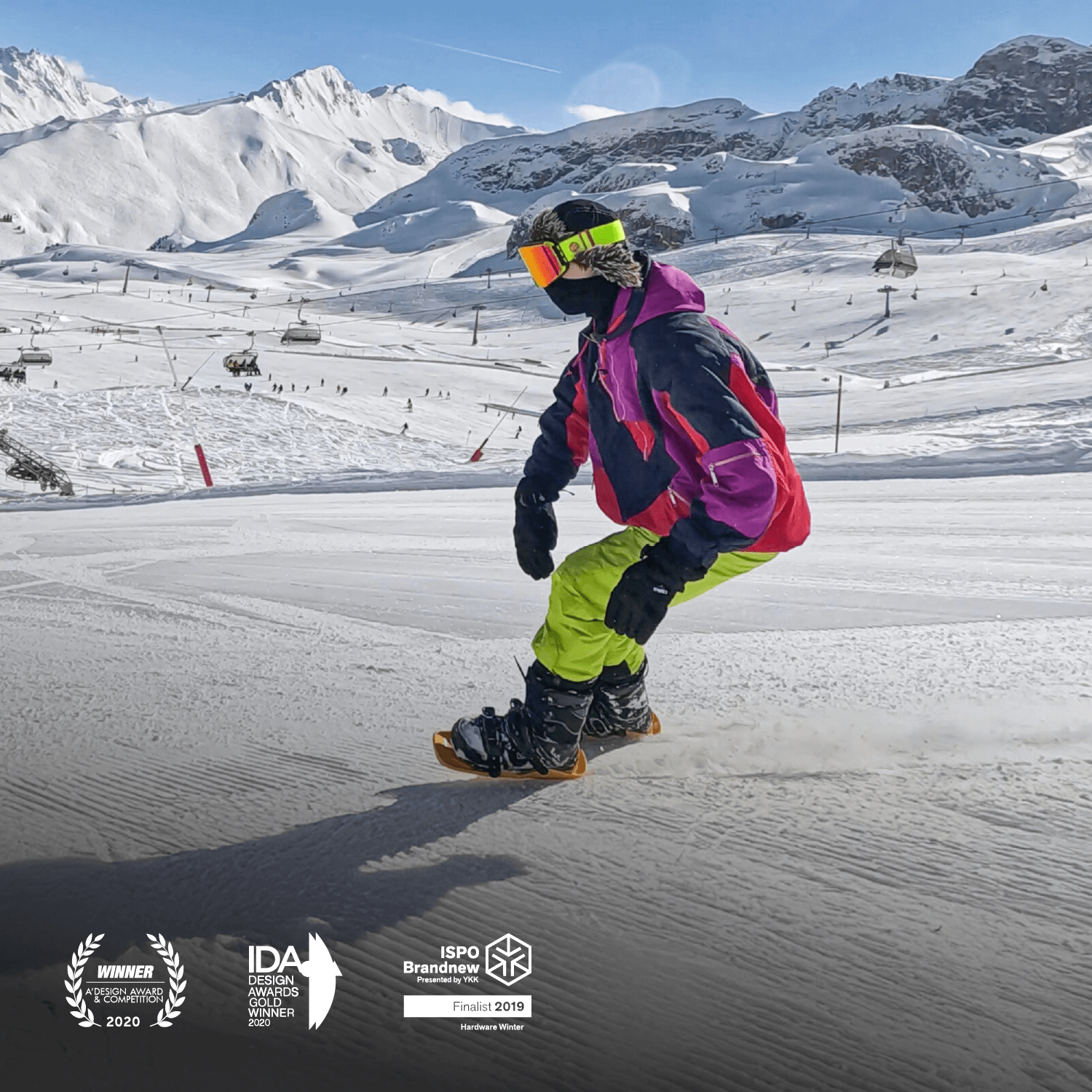




Leave a comment
This site is protected by hCaptcha and the hCaptcha Privacy Policy and Terms of Service apply.